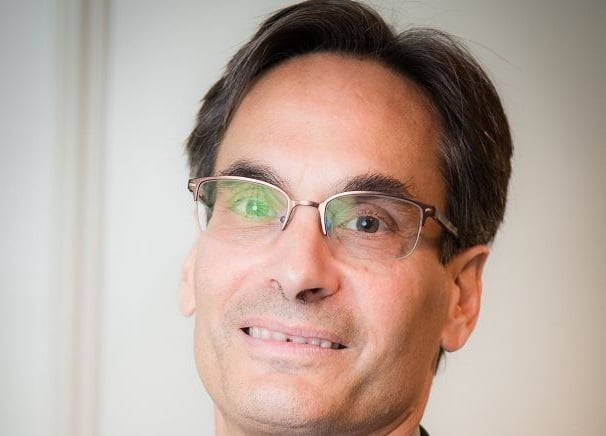WASHINGTON, DC–The latest Senior Loan Officer Opinion Survey from the Federal Reserve offers good news for business in general, reporting that terms and conditions for loans have continued to ease. The commercial real estate sector, though, received no such love. Banks kept commercial real estate lending standards about unchanged on balance, it said. It wrote:
Recommended For You
Regarding the levels of standards on CRE loans, domestic banks, on balance, reported that the current levels of their standards on most major categories of these loans are at the relatively tighter ends of the ranges that have prevailed since 2005. Significant and moderate net percentages of domestic banks reported that current levels of standards are tighter than the respective midpoints on loans for construction and land development purposes and on loans secured by multifamily residential properties, respectively. On net, banks' current level of lending standards on loans secured by nonfarm nonresidential properties is reported to be around the midpoint of the range of standards that have prevailed since 2005. Major net shares of foreign banks reported relatively tight current levels of standards on construction and land development loans and loans secured by nonfarm nonresidential properties, and a significant net fraction reported so for multifamily loans. Compared to the July 2017 survey, domestic banks' current levels of CRE lending standards appear generally less tight, while foreign banks' current levels of such standards appear to have tightened on balance.
$1.8 Trillion in CRE Bank Lending
The Fed's language, though, doesn't seem to adequately capture the strong levels of CRE bank lending since the end of the recession. Since 2012, bank holdings of commercial and multifamily mortgages have grown 37.3% to $1.8 trillion, according to a recent report by Yardi Matrix. That compares with the more than the $1.2 trillion banks held ten years ago at the height of the last lending boom. Yardi counted the nation's 5,300 banks to come up with these figures but it also noted that the fastest-growing segment of CRE lending is coming from regional and local banks.
The reason for the growth should be familiar to CRE investors — in large part, it is about the search for yield, according to Paul Fiorilla, director of Research for Yardi Systems. “The growth in banks' commercial mortgage lending is fueled by strong demand for property debt, availability relative to other products, their search for growth and desire for yield, and record-high property values,” he tells GlobeSt.com.
It is not surprising that smaller banks are leading the charge, he adds. “Smaller banks have fewer products in their arsenal, and commercial mortgages are much more available and easier to originate than consumer and industrial loans,” he says. “Money center and national banks have a larger base of product choices, and more sophisticated risk-modeling platforms that enable them to maintain a desired exposure to each sector.”
Aggressive Pricing
Yardi also found that that while the leverage levels remain firm, banks are winning deals through aggressive pricing and are increasingly being laxer on terms such as recourse and debt-service convenants. That said, lending standards have not deteriorated as much as during the cycle that led to the financial crisis. “Borrowers have more skin in the game today than in the last cycle, in part due to regulatory reforms such as HVCRE rules and Dodd-Frank, and in part because lenders haven't forgotten the financial crisis yet,” Fiorilla says.
In this respect at least the Fed's survey of loan officers was right on the money: lending standards haven't changed — they remain both as prudent and as favorable to borrowers as they have been since the recession.
© Touchpoint Markets, All Rights Reserved. Request academic re-use from www.copyright.com. All other uses, submit a request to [email protected]. For more inforrmation visit Asset & Logo Licensing.








